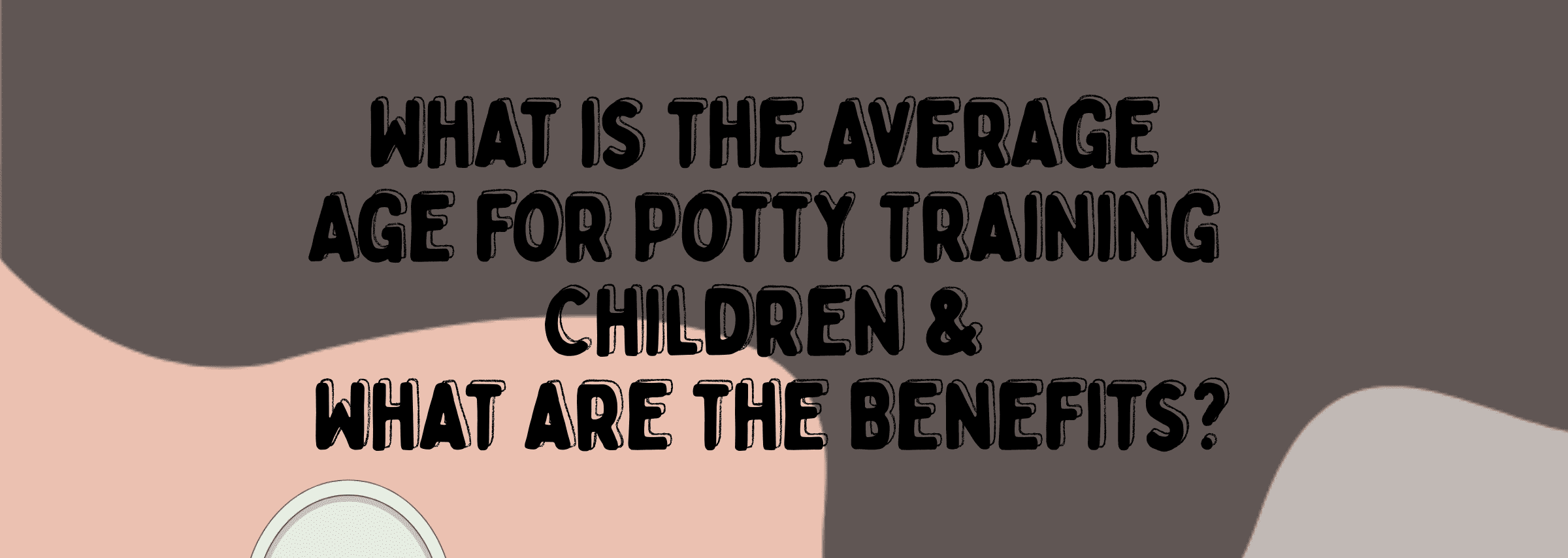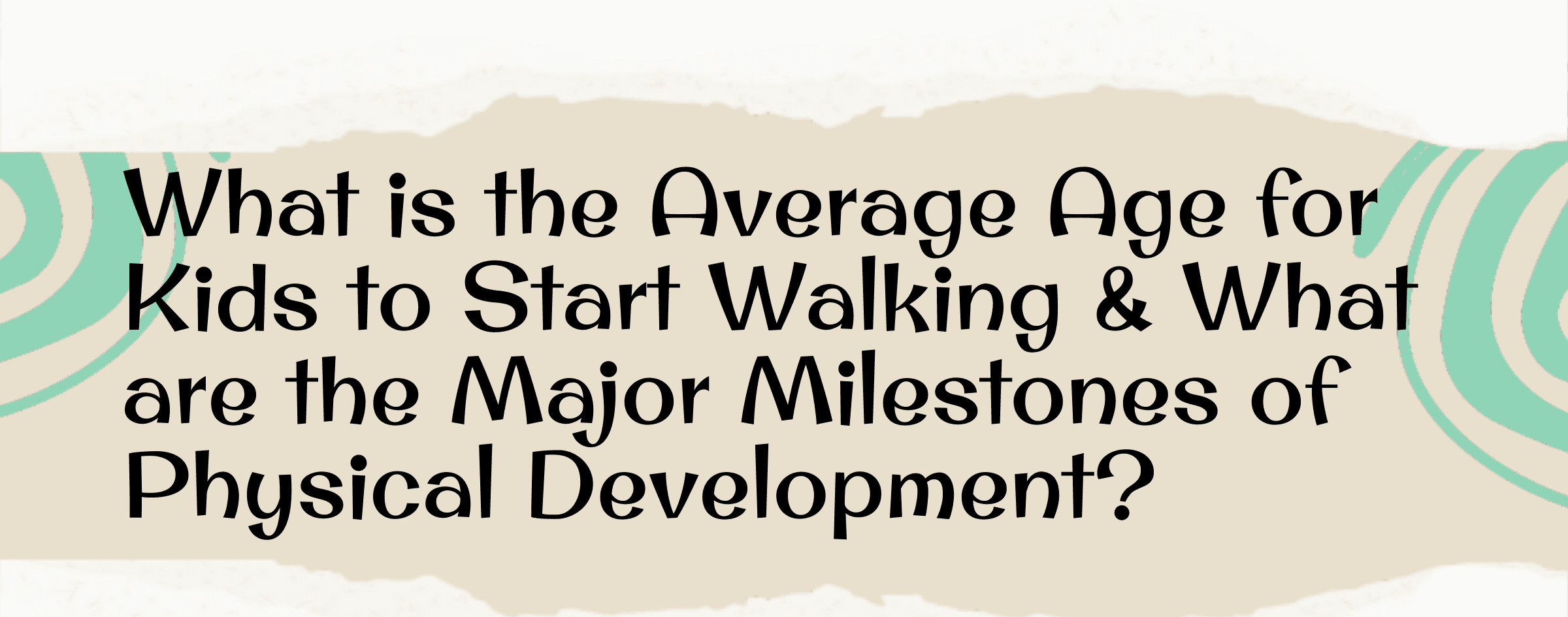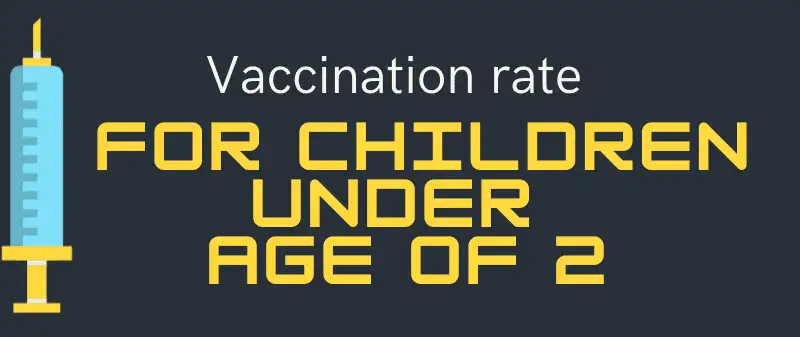What is the Average Age for Potty Training Children & What are the Benefits?
The average age for potty training children varies, but most children are ready between 18 months and 3 years of age. Some children may be ready earlier, while others may take longer to be fully trained. It’s important to remember that each child develops at their own pace, and there is no “right” age for […]









